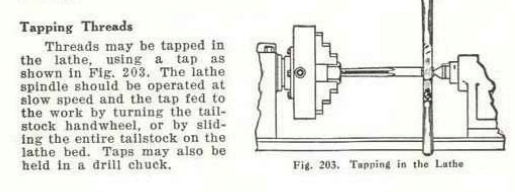Couple more improvements. I've hated the compound and cross slide gib screw having to use a small screwdriver for adjustment. I ordered allen head SS screws for the cross slide and lathed a button, for lack of correct terminology, on the end where it contacts the gibb. There are three screws, on cross slide, and on the center screw I made it longer so I could add washers for ease of getting a wrench on the jam nut. I had to order allen grub screws for the compound otherwise the heads would hit the compound base.
Also, on the back gear shaft, I put an "O" ring between the engagement lever and housing to male the lever tight. Used some paper between the back gear and headstock engaging gear just like the change gears. I maked the housing, next to the lever, for proper adjusting of the back gear. You can see where I maked the housing with a permanent marker in the photo. This cut down on the "some" of the noise coming from the back gear when engaged.



